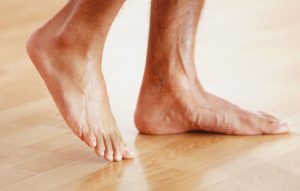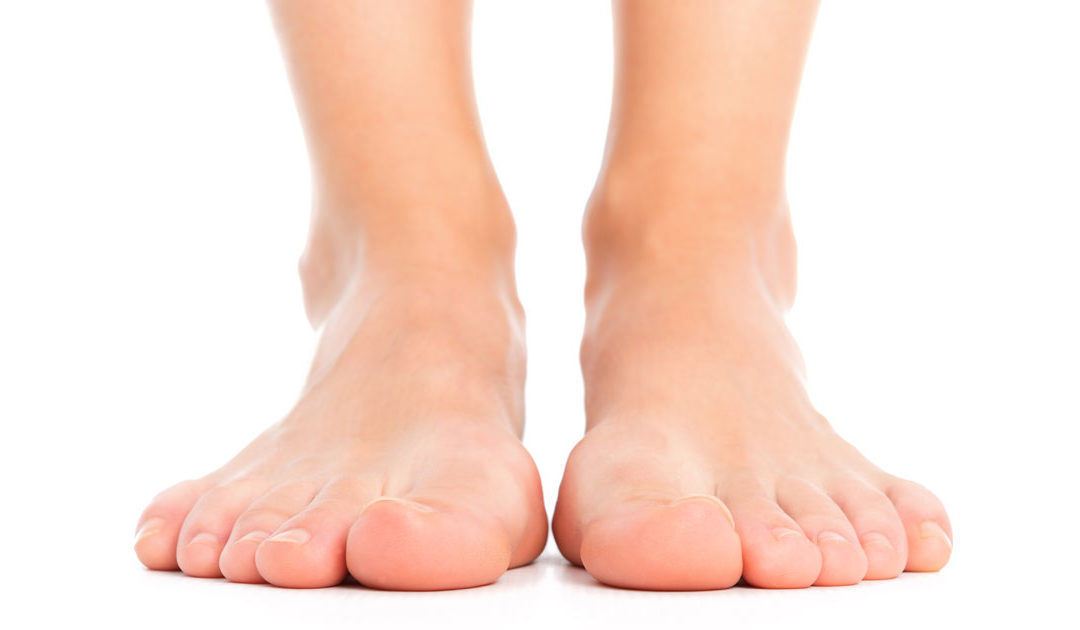Hey guys, today we’re going to be talking about dermatological issues of the foot, otherwise known as skin & nail problems faced by podiatrists in the clinic. Over this series of video & blog updates we’re going to be covering:
- 1) common dermatological problems people deal with,
- 2) treatments we can provide to help – in clinic,
- 3) methods for long-term management & prevention,
- 4) interesting & unusual cases.
Common SKIN Problems of the Feet
When talking about skin problems of the feet (and often the hands as well), we’re going to talk about what makes the majority of the cases we see day-to-day, including:
- Callus
- Corns
- Warts
- Cracked heel & dry skin
- Tinea / Fungal skin infection
- Dermatitis
- Ulcers
Callus
Callus is simply hard, thick skin which layers-on over areas where a lot of pressure or friction (eg. from rubbing) occurs. This build-up of hard, thick, sometimes yellowed skin is common on the hands of people who perform manual labour or under the feet of people who are on their feet all day, and can be painless for some, while causing grief for many.
Corns
The next step up from a callus is the hard skin building up at a focused point until it creates a bowl or cone shape which actually pokes down into the skin – usually causing a lot of pain when stood-on or in shoes. Again, this is simply the body’s response to pressure or friction.
Warts
Sometimes confused with corns, warts also appear as focused, hard lumps of skin on the hands or feet which are painful when pressure is applied – however they are caused by a viral infection and so: a) need to be treated differently, and b) are contagious / can spread. They are seen at all ages but especially in children, who have a lower defence against infections of all kinds.
Cracked Heels & Dry Skin
Coming into summer, of course people are getting the thongs & sandals out, and the feet will naturally dry out as well. This can range from “a little dry skin” to painful (even bleeding) cracked heels which look like those seen on a desert floor! For some, a basic moisturiser will go a long way, but for many – a bit more is needed.
Tinea / Fungal skin infection
Otherwise known as Athlete’s foot, this fungal infection of the skin has so many possible symptoms/signs – however sometimes only 1 or 2 will be noticeable. These can include: itching, redness, small red dots, peeling, dryness OR wetness (depending on the area), blistering or light brown patches on the skin. It is a fairly treatable condition, but is notorious for coming back if not managed properly.
Dermatitis
Many people will have heard about eczema, psoriasis or your basic allergic skin reactions, but there are a number of other different skin conditions which are caused by the body itself and can change the skin in unusual ways.
Ulcers
An ulcer occurs when an open sore or break in the skin isn’t healing up easily on its own and requires hands-on clearing of the old skin and proper dressing to restart the healing process.

Common NAIL Problems of the Feet
When talking about nails there are a few key problems which are seen almost every day:
- Thick/long nails
- Ingrown toenails
- Fungal toenails
- Odd shaped nails
- Differently coloured nails
Thick/long nails
Often people do come in to see us simply because their nails are too thick or long that their home nail clipper can’t do the job, they have difficulty reaching their feet, or for whatever reason they require our assistance to get the job done!
Ingrown nails
The most common reason people come in for nail pain, the edges of the nails can curve in and either press down into the skin – if not fully break into it, which can result in redness, swelling & infection.
Oddly Shaped or Coloured nails / Fungal nails
If you’ve noticed something strange about the colour or shape of your nail, this could be due to a number of reasons – the most common of which is a fungus (thick, yellow/brown/dark/whiter, sometimes loose or crumbling nail) infection, although this is often confused with changes seen from injury, vitamin & medication side effects or other underlying medical conditions. It is important to find out the cause of these colour & shape differences as there may be a more serious concern present.
Getting on top of the problem!
For all of these issues there is good reason to have the cause and treatment addressed as soon as possible.
In further videos we’re going to explore how podiatry can help treat these problems in clinic, how you can manage & prevent them in the long run, and share some interesting cases we’ve seen in the past.
Until next time, have fun and keep on walking!
Caelin Ling
Podiatrist
Holistic Foot Clinic

